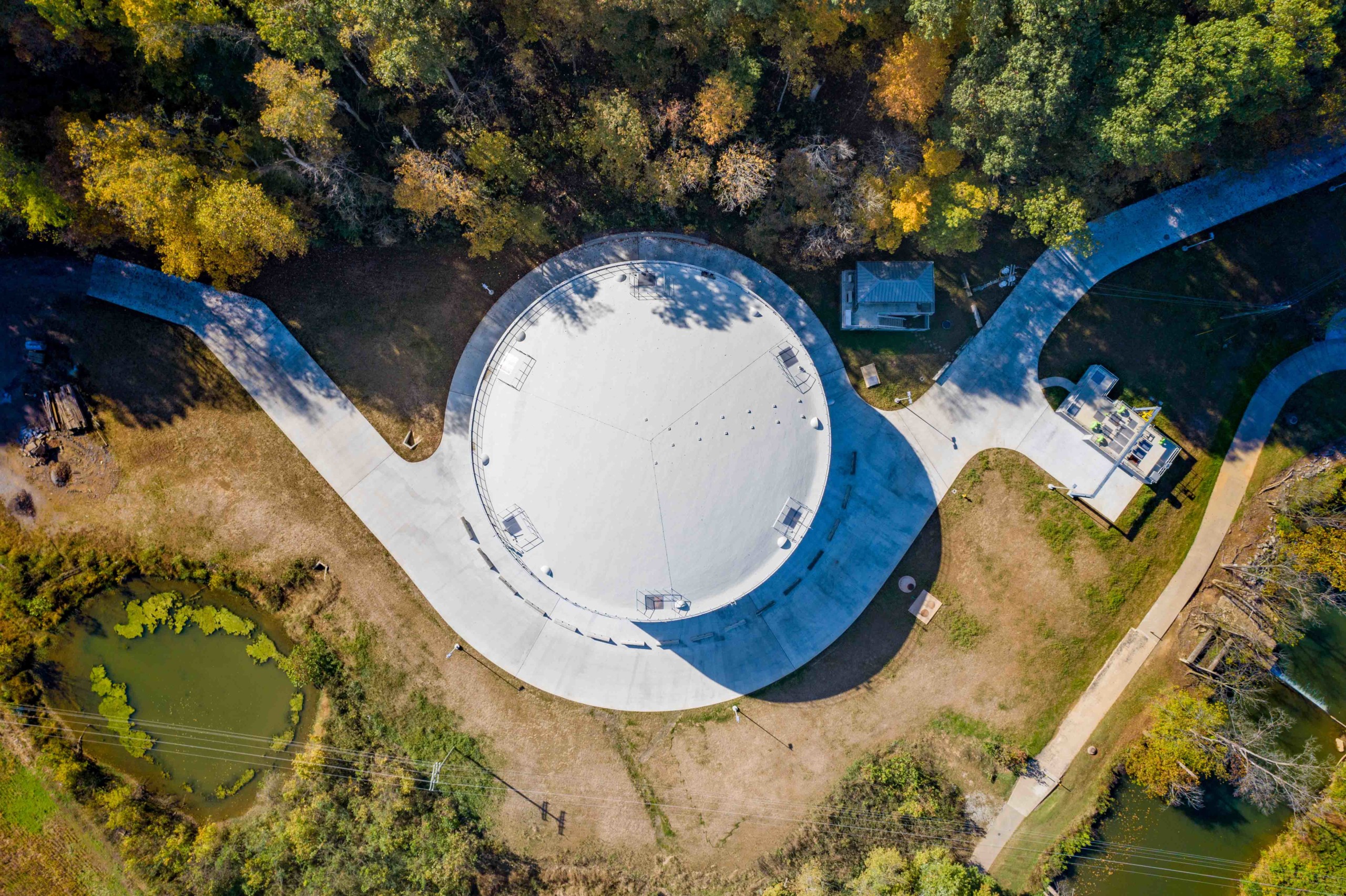In Springfield, Tennessee, the city’s deteriorating wastewater collection system was impeding the community’s economic vitality. Between 2006 and 2011, the Springfield Water and Wastewater Department (SWWD) reported over 400 sanitary sewer overflows (SSOs) to the Tennessee Department of Environment and Conservation. In 2012, the City of Springfield negotiated an Administrative Order on Consent (AOC) with the United States Environmental Protection Agency (EPA), which mandated that the City eliminate the SSOs in their wastewater collection system within a five-year period. Helping set the stage for long-term success through stronger infrastructure, the Springfield Administrative Order on Consent and Overflow Abatement Program provides a systematic approach for bringing the municipality into compliance while positioning Springfield as a more sustainable and healthy environment for the greater community.
miles of sewer will be improved by the end of the program
the average number of overflows per year that will be prevented within the city through improvements
storage tanks to be constructed
Major Repairs
Repairing the 140-mile sanitary sewer system became one of the City’s highest priorities. To meet the five-year schedule, construction required to eliminate the overflows had to be executed concurrently with the development and implementation of various plans and programs stipulated by the AOC. Gresham Smith was retained by the City to help develop this multitude of plans and programs, and to design and manage the projects to be constructed within the AOC.
Powering up the Project with GIS
When Gresham Smith engineers began working with the SWWD, they relied on staff knowledge and AutoCAD maps of the collection system. The team immediately recognized that the SWWD needed a GIS-centric database for the collection and storage of the vast amounts of existing and new information necessary to make the SWWD a compliant and more robust utility. This information included physical data for the sewer pipes, record drawings, reported overflows, manhole inspection reports and photographs, rainfall data and sewer-flow monitoring data. The resulting GIS database serves as the basis of a long-term asset management program that allows the utility to shift from reactive repairs to proactive maintenance and replacement, which can be budgeted and anticipated.
Gresham Smith also utilized the GIS database to build a computerized hydraulic model of the wastewater collection system. The model has the capacity to characterize the existing system and assess current flows, evaluate improvement projects, and plan expansions for future growth and development. Both the GIS database and the hydraulic sewer model served as vital tools in the development and implementation of a methodical process for the elimination of SSOs.
An Optimized Approach
We utilized the hydraulic model to conduct an alternatives analysis and evaluate improvement options. The analysis showed that no single solution would cost-effectively address the complex, systemwide issues. Instead, the examination revealed that the optimal solution involved a combination of remediation methods.
Gresham Smith proceeded with a system-specific approach that comprises rehabilitating portions of the existing sewers, improving conveyance by constructing new sewers where needed, and constructing two wastewater storage facilities in the collection system. This combination of remediation methods proved the best solution because it reduces rainfall-induced flows into the system, maximizes system storage, and improves system capacity while minimizing costs to the utility.
Increasing Capacity
In addition to upsizing approximately 16,000-linear-feet of trunk and interceptor sewer in the area, our team also constructed two wastewater storage facilities along Carr Creek and Sulfur Fork Creek to maximize system storage and capacity. We also rehabilitated numerous manholes, adding watertight covers and replacing vent assemblies in flood-prone areas.Project Contact
Our team is committed to improving the places we call home.








